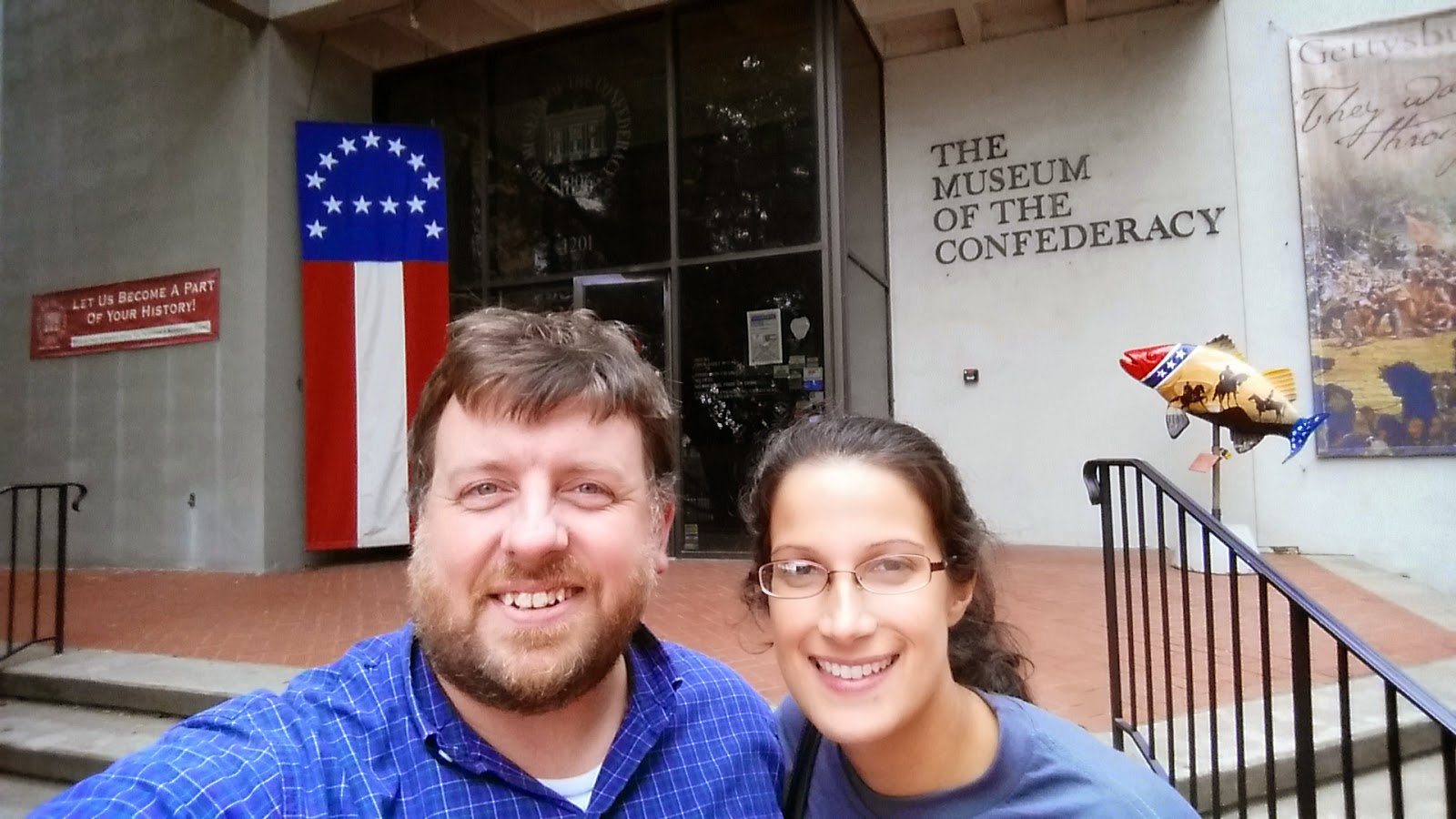Although I
have been blessed to serve in several developing countries, Haiti is certainly unique. Haiti is the most impoverished nation in the
Western Hemisphere; the average Haitian’s income is about $2 per day (World
Bank, 2013). Because of its history of
colonialism and oppression, its culture is a mix of Spanish, French, and
African influences. As I was
walking/riding around, with the exception of the Creole being spoken, I felt
like I was living in East Africa again due to the strong African roots. In contrast, when I have served in
neighboring Dominican Republic, the Spanish influence is much more enveloping
which makes you more attentive to the fact that you are in the Caribbean.
I went to
Haiti with a medical mission team from The Haiti Mission Foundation. The Haiti Mission sends a medical team four
times a year to the Tovar Clinic which it built in the rural area of
Grison-Garde. By sending teams with such
frequency and regularity, patients are supplied with some continuity of
care. When a patient is diagnosed with
hypertension, they are dispensed a three month supply of medicine and told to
follow up at the next clinic. Usually,
and somewhat surprisingly, they do. At
the second visit, a provider can determine if their medicine is sufficient or
if it needs to be adjusted. For people
who have medical needs which are immediate and above the scope of our clinic,
we have funds reserved to send them to the hospital in the city so that they
can get the help that they need. In
Haiti, you have to pay for your hospital stay up-front before services are
rendered. If you go to the hospital
without any money, then you will be forced to leave without any treatment.
For the first
time ever, I saw a patient with cutaneous anthrax – a common malady for
children in Haiti. Because it requires
shots of antibiotic, the patient returned to the clinic throughout the
week. Watching the lesion diminish in
size was impressive and rewarding. I saw
a lady who had been seen by the July team who had a cancerous growth on her
foot; the massive growth had been removed in July to restore her foot to
normalcy. In October, the growth had returned,
grown larger from its original size, and was impeding the elderly lady’s
ability to walk unassisted and without pain.
We knew she would require a foot amputation to prevent the spread of the
cancer and to improve her quality of life; we were able to provide her with the
funds necessary for the hospital to perform the surgery. I was nervous for her when through the
translator I explained she would need a foot amputation; to my surprise she was
elated when we told her the news. She
was ready to be rid of the massive growth which has plagued her for so long.
The poverty
of Haiti is a very real and present danger for the people who live there. Because access to clean water is not readily
available to everyone, diseases like cholera, dysentery, and parasites are
alarmingly frequent. Malnutrition is
evidenced in wasted muscles, deceptively bloated tummies, and chronic skin conditions. Because indoor charcoal stoves are used for
cooking, asthma and COPD are common afflictions even in non-smokers. As patient
after patient filed in, the most common complaint by far was pain. Pain from things we seen in the United States
like Arthritis, acute muscle injuries, or chronic overuse. Yet, their pain was exacerbated above
anything I see here: Pain from the burden of carrying firewood and water for
bathing, drinking, and laundry great distances; pain from working out in the
fields without the luxury of farm equipment; pain from a lifetime of hunger and
improper nutrition; pain from parents worrying how they would put food in the
mouths of their young babes; pain from watching too many loved ones die too
young and of diseases which would have been prevented or easily cured if in another
country. Pain in Haiti is a daily
companion that is often untreated, but impossible to truly ignore despite their
best efforts.
In the midst
of their pain, there is hope. Hope for
healing. Hope for relief. Hope in Christ. Although this is my first time coming
to Haiti, there were many veterans on this trip. They were continually astonished at the signs
of progress from prior trips: we saw less orange-haired children (an effect of
malnutrition) likely in part because of the clinic’s feeding program; we saw no
cholera likely because there are more bore-holes and wells in place to provide
access to clean water; and we saw better-fed babies because of better-fed
mamas. Progress can be slow, hard, and
frustrating, but we are starting to reap the harvest from the seeds which
faithful servants started planting a decade ago. I am excited to see what God has in store for
Haiti and her people.
“You Said” by Hillsong
You said, "Ask and you will receive
Whatever you need"
You said, "Pray and I'll hear from
Heaven
And I'll heal your land"
You said, “Your glory will fill the earth
Like water, the sea”
You said, "Lift up your eyes
The harvest is here, yes the Kingdom is
near"
You said, "Ask and I'll give the nations
to you"
Oh, Lord, that's the cry of my heart
Distant shores and the islands will see
Your light, as it rises on us
